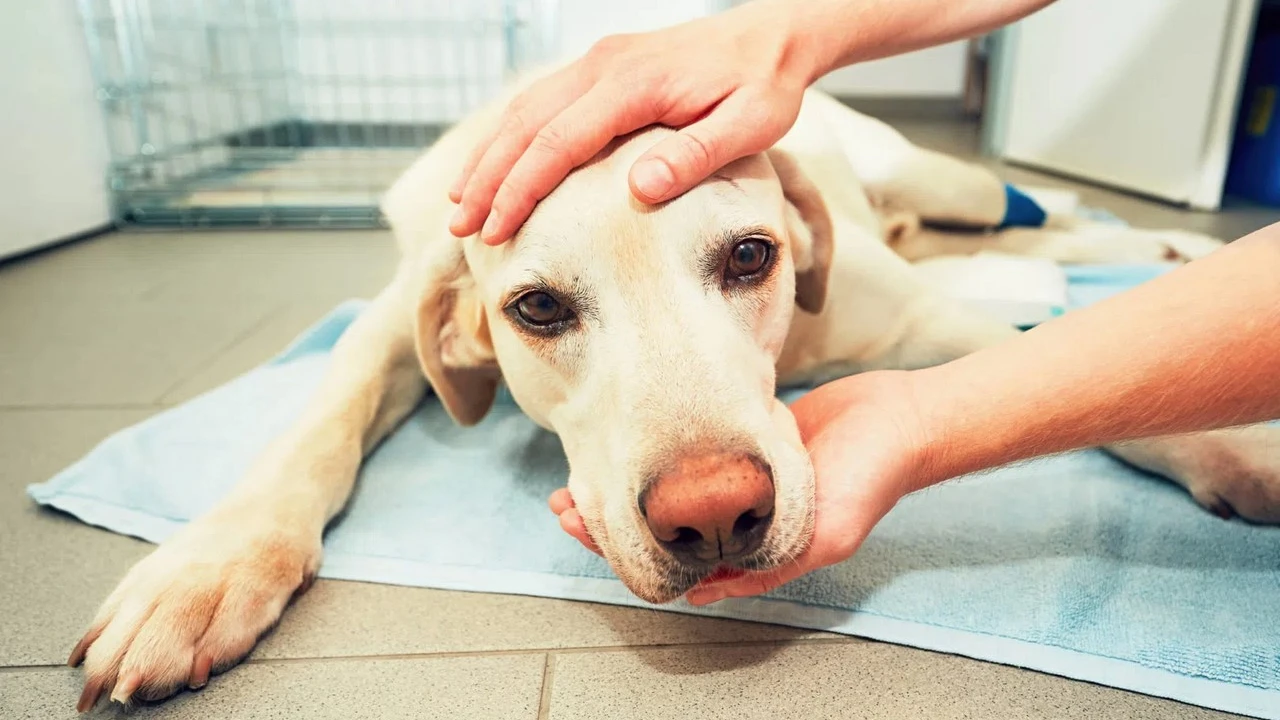Veterinary Treatment for Dogs: Practical Steps Every Owner Should Know
When a dog needs veterinary treatment, fast, clear choices matter. You want to spot the problem early, know what options your vet may offer, and help your dog recover smoothly at home. This page gives simple, usable steps you can apply right away—no medical degree required.
When to see a vet now
Is this an emergency? Look for these urgent signs: trouble breathing, collapse, uncontrolled bleeding, severe pain, sudden inability to move, or repeated vomiting/diarrhea. If your dog shows any of these, go to an emergency clinic immediately.
For non-urgent but concerning signs—loss of appetite, limping, a lump, ongoing coughing, or changes in bathroom habits—book a vet visit within 24–72 hours. Don’t wait for things to get worse; early checks often mean simpler treatment.
What vets do and how to prepare
At the clinic, expect a focused exam first. Vets check heart and lungs, feel the abdomen, look in ears and mouth, and assess pain or mobility. They may recommend tests: blood work, urine tests, X-rays, or ultrasound. These help decide if medication, surgery, or rehab is best.
Bring a short history: when symptoms started, diet and medications, recent injuries, and any changes in behavior. If possible, bring a photo or video of the issue—videos of limping, coughing, or seizures are very helpful.
Ask clear questions: What is the likely cause? What are the treatment options and risks? How long until my dog feels better? What should I watch for at home? Ask about costs and whether there’s a payment plan or estimates for different paths.
Treatments vary. Pain meds and antibiotics are common. Minor injuries may heal with rest and bandages. Surgery is sometimes needed for broken bones or serious internal problems. For chronic issues like arthritis or heart conditions, vets often combine medication, diet changes, and physical therapies.
Complementary care can speed recovery and improve comfort. Canine massage and targeted stretching often ease muscle tension and support mobility. Nutrition matters—anti-inflammatory foods or added omega-3s can support joint and heart health, but always check with your vet before adding supplements.
At home, follow the vet’s instructions exactly. Manage activity levels—use a crate or leash to limit running if told. Keep medications on schedule and finish the full course when antibiotics are prescribed. Watch the incision site after surgery for swelling, discharge, or unusual odor and call the clinic if you see trouble.
Finally, trust your gut. If something feels off after treatment, call your vet. Small problems fixed quickly often avoid bigger procedures later. Your attention and quick action are two of the best treatments your dog can get.

Securing Your Cherished Family Pets: Biomedix Zoosorb for Veterinary Treatment
As a passionate pet parent, I understand how crucial it is to protect our adorable companions from anything harmful, especially poisoning. In this article, I'll introduce you all to Biomedix Zoosorb, a considerable asset in the veterinary treatment world. It's an incredibly effective compound feed that aids in treating animal poisoning, ensuring that we are one step ahead in securing our cherished pets' health. So, join me as we explore this life-saving element of pet care.




